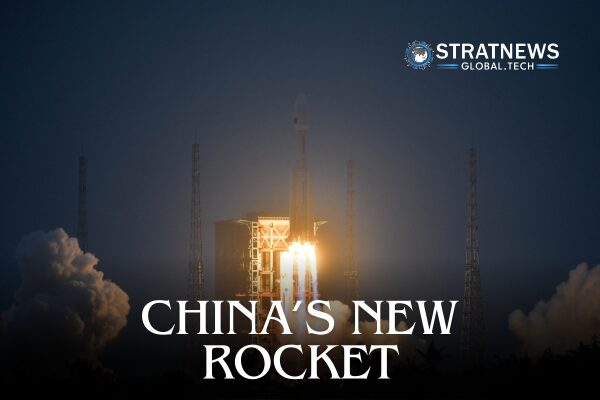China Launches Long March 8A Rocket to Counter SpaceX’s Dominance
China launches Long March 8A carrier rocket, aiming to boost its satellite deployment capabilities in low-Earth orbit. The rocket’s maiden flight is a key part of Beijing’s strategy to compete with US billionaire Elon Musk’s SpaceX and its growing presence in Earth’s lower orbits.
Long March 8A: A Step Forward for China’s Space Ambitions
The Long March 8A blasted off at 5:30 p.m. local time (0930 GMT) from the Wenchang Space Launch Center on Hainan Island, carrying multiple low-Earth orbit satellites.
This new rocket is an upgraded version of the Long March 8, which first flew in 2020. With an enhanced payload capacity of seven tonnes, the Long March 8A can transport larger clusters of satellites into low and medium-Earth orbits in a single launch, according to the China Aerospace Science and Technology Group Corporation (CASC).
CASC noted that the Long March 8A’s upper stage features improvements that reduce fuel consumption and extend the lifespan of the satellites it carries. The upper stage acts as a booster between the main launch vehicle and the satellites, ensuring a more efficient deployment process.
Competing with Starlink
China plans to accelerate its satellite deployment this year, with dozens of launches scheduled. The goal is to build a satellite network that can rival Starlink, SpaceX’s satellite internet constellation, which currently has nearly 7,000 active satellites in orbit.
By launching larger batches of satellites at once, the Long March 8A will help China catch up in the global race for satellite dominance. This is part of a broader strategy to reduce reliance on foreign satellite networks and expand its space-based services.
with inputs from Reuters


